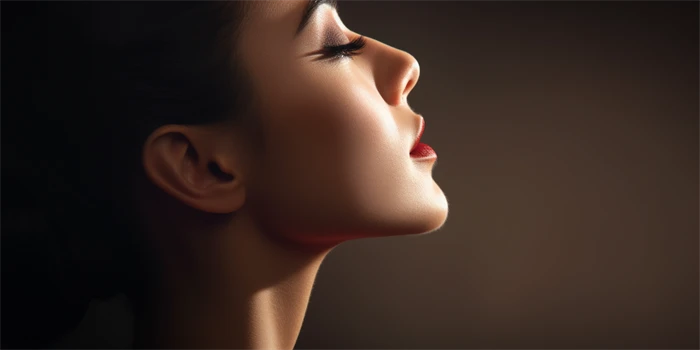Everyone desires to age gracefully and maintain their youthful appearance for as long as possible. In recent years, lifting threads have emerged as a popular non-surgical option for achieving a more lifted and rejuvenated face. By harnessing the power of science and technology, this innovative procedure is revolutionizing the field of aesthetics. In this article, we will delve into the science behind lifting threads, exploring the process, benefits, potential risks, and everything you need to know before considering this procedure.

The Anatomy of Lifting Threads
Before diving into the science of lifting threads, it is vital to understand their composition and how they work. Lifting threads are typically made of biocompatible materials such as polydioxanone (PDO) or polylactic acid (PLA), which are safe for use in the human body. These threads have small barbs or cones that attach to the underlying facial tissues, creating a lifting effect by gently pulling the skin upwards.
The Science Behind the Lift
Once inserted, the lifting threads work their magic by stimulating collagen production. Collagen, known as the "youth protein," provides structural support to the skin, giving it firmness and elasticity. As we age, our collagen production decreases, leading to sagging and wrinkles. The threads, by triggering a controlled inflammatory response, prompt the body to produce new collagen, resulting in tighter and more toned skin.
The Procedure: A Closer Look
The lifting threads procedure is performed by a qualified medical professional and typically takes around one hour. After applying local anesthesia, the doctor inserts the threads into specific areas of the face using a fine needle. The number of threads used depends on the individual's desired outcome and the extent of facial sagging. Following the procedure, patients may experience mild swelling and bruising, but these side effects typically subside within a few days.
The Benefits of Lifting Threads
Lifting threads offer numerous benefits that contribute to their growing popularity. Firstly, this non-surgical procedure provides an effective solution for sagging skin, jowls, and deep wrinkles. It offers immediate results with minimal downtime compared to traditional surgical facelifts. Additionally, as the threads gradually dissolve over time, they continue to promote collagen production, providing long-lasting improvements to the skin's texture and appearance.
Potential Risks and Side Effects
While lifting threads are generally considered safe, there are some potential risks and side effects to be aware of. In rare cases, patients may experience infection or an allergic reaction to the threads. In some instances, the threads may become visible or palpable under the skin, requiring further adjustments. It is crucial to choose a reputable and experienced practitioner to minimize these risks and ensure optimal results.
The Cost of Lifting Threads
The cost of lifting threads varies depending on factors such as the number of threads used, the location of the clinic, and the expertise of the practitioner. On average, the procedure can range from $1,500 to $3,500. However, it is important to prioritize quality and safety over cost when considering any aesthetic procedure.
FAQs
1. How long do the results of lifting threads last?
The results of lifting threads can last up to 18 months. However, individual results may vary based on factors such as age, lifestyle, and skincare routine.
2. Is the procedure painful?
The procedure is usually well-tolerated, as local anesthesia is administered to minimize discomfort. Some patients may experience minor pain, swelling, or bruising post-procedure, but this typically resolves quickly.
3. Who is an ideal candidate for lifting threads?
Ideal candidates are individuals who have mild to moderate facial sagging and are looking for a non-surgical solution. A consultation with a qualified medical professional can determine if lifting threads are suitable for specific needs.
4. Are lifting threads only for the face?
No, lifting threads can also be used to address sagging skin in other areas of the body, such as the neck, arms, and abdomen.
5. Are there any long-term complications?
Long-term complications are rare, but it is essential to follow the post-procedure care instructions provided by the practitioner to minimize the risk of any adverse effects.
In conclusion, lifting threads offer a scientifically-backed solution for those seeking to revive their natural beauty without undergoing invasive surgery. With their ability to stimulate collagen production and provide noticeable results, lifting threads are paving the way for a more youthful and rejuvenated appearance.



